Transform Your Business: The Ultimate Guide to Eco-Friendly Packaging Materials for Sustainability
In recent years, the demand for eco-friendly packaging materials has gained unprecedented momentum, driven by a surge in consumer awareness and regulatory pressure towards sustainability. According to a report by Research and Markets, the global green packaging market is projected to reach $700 billion by 2027, growing at a CAGR of 5.7% from 2020 to 2027. This transformation in consumer behavior is largely influenced by the increasing preference for brands that prioritize environmentally responsible practices. Additionally, a survey conducted by Nielsen revealed that 81% of millennials feel strongly that companies should help improve the environment.
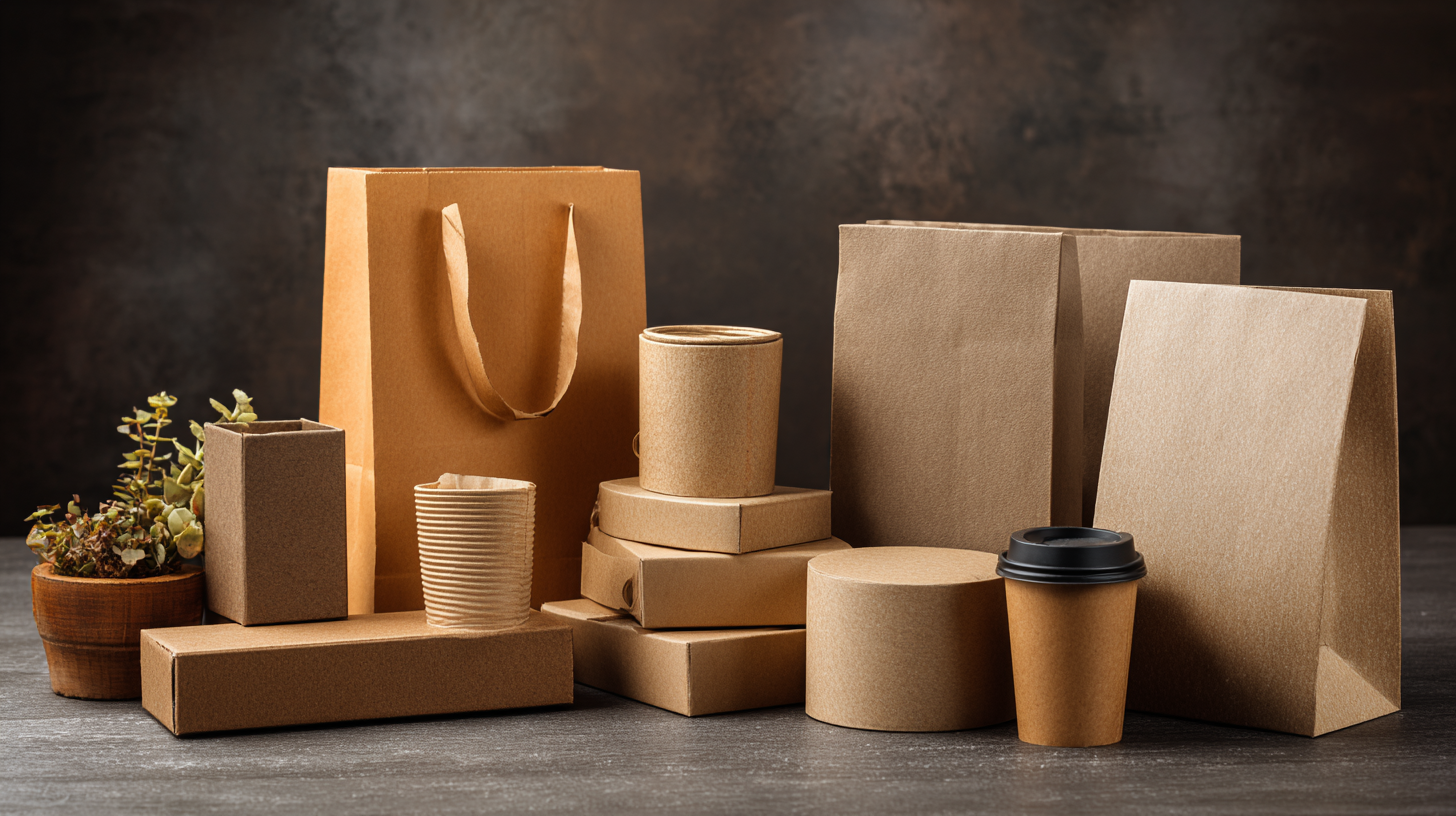
As businesses recognize the importance of eco-friendly packaging materials not just for the planet, but also for their bottom line, this ultimate guide aims to equip them with the necessary knowledge and resources to successfully adopt sustainable packaging solutions. Through innovative approaches and strategic insights, companies can significantly reduce their environmental footprint while enhancing their brand image and customer loyalty.
The Importance of Eco-Friendly Packaging in Modern Business Practices
In today's rapidly evolving marketplace, the importance of eco-friendly packaging cannot be overstated. With consumers becoming increasingly environmentally conscious, businesses that prioritize sustainable packaging solutions are not only aligning with ethical practices but also gaining a competitive edge. Eco-friendly packaging reduces waste, minimizes carbon footprints, and utilizes materials that are biodegradable or recyclable. This shift towards sustainable materials reflects a growing recognition among companies that their impact on the environment matters.
Moreover, adopting eco-friendly packaging can enhance a brand's reputation and foster customer loyalty. Modern consumers are more likely to support brands that demonstrate a commitment to sustainability. By incorporating green packaging practices, businesses can communicate their values and commitment to the planet, creating a stronger connection with environmentally-minded customers. This not only drives sales but also encourages a culture of sustainability within the business model, leading to long-term success and profitability.
In essence, integrating eco-friendly packaging into business practices is a vital step for any company aiming to thrive in the modern economy.
Types of Sustainable Packaging Materials: A Comprehensive Overview
Sustainable packaging has become a crucial consideration for businesses looking to reduce their environmental impact. According to a report from Smithers Pira, the global market for sustainable packaging is expected to reach $454 billion by 2027, growing at a CAGR of 5.1%. This significant growth underscores the increasing demand for eco-friendly solutions that align with consumer values. Among the various types of sustainable packaging materials, biodegradable plastics, recycled paper, and plant-based packaging have gained considerable traction.
Biodegradable plastics are designed to decompose naturally, offering a compelling alternative to traditional petroleum-based materials. The European Bioplastics Association predicts that the production capacity of biodegradable plastics could reach over 2.5 million tons by 2022. On the other hand, recycled paper packaging has seen advancements in both technology and demand, with the Paper and Wood Products Association noting that about 66% of paper and cardboard are recycled in the U.S. Finally, plant-based packaging made from renewable resources like cornstarch and sugarcane is gaining popularity, as consumers seek out packaging that not only reduces waste but also minimizes carbon footprints.
As businesses continue to prioritize sustainability, these materials represent a significant step towards more environmentally responsible packaging solutions, reflecting changing consumer preferences and regulatory pressures in an increasingly eco-conscious market.
Transform Your Business: The Ultimate Guide to Eco-Friendly Packaging Materials for Sustainability
| Type of Sustainable Packaging Material | Description | Environmental Benefits | Common Uses |
|---|---|---|---|
| Biodegradable Plastics | Plastics that can decompose in natural environments. | Reduces landfill waste and lower carbon emissions. | Food packaging, shopping bags. |
| Recycled Cardboard | Paperboard made from recycled paper fibers. | Conserves natural resources and reduces waste. | Shipping boxes, retail packaging. |
| Mushroom Packaging | Packaging made from mycelium and agricultural waste. | Compostable and renewable resource. | Protective packaging for fragile items. |
| Glass Packaging | Containers made from glass, which can be reused. | 100% recyclable and reduces plastic pollution. | Beverage bottles, food jars. |
| Plant-Based Packaging | Packaging derived from renewable plant materials. | Lower carbon footprint and biodegradable. | Food containers, shopping bags. |
How to Choose the Right Eco-Friendly Packaging for Your Product
When choosing the right eco-friendly packaging for your product, it’s essential to align with evolving consumer preferences and environmental standards. A recent US survey revealed that over 70% of consumers are inclined to pay more for products that come in sustainable packaging. This shift in attitude underscores the importance of selecting packaging materials that not only protect your product but also resonate with eco-conscious buyers. As businesses look toward 2025, innovative, sustainable packaging solutions are paramount for attracting and retaining customers.
Incorporating biodegradable materials, compostable options, and recyclable designs can significantly enhance your brand's image while contributing to environmental wellness. For small businesses, there are numerous cost-effective ways to implement sustainable packaging, which not only showcases a commitment to sustainability but also helps in distinguishing your brand in a competitive marketplace. As industry leaders suggest, collaborating with specialized suppliers who provide eco-friendly packaging solutions can streamline your path to meeting both customer expectations and regulatory requirements.
Eco-Friendly Packaging Materials Usage by Businesses
Innovative Solutions: Cutting-Edge Technologies in Sustainable Packaging
In the quest for sustainability, businesses are increasingly turning to innovative solutions in eco-friendly packaging materials. Cutting-edge technologies are revolutionizing how products are packaged, offering alternatives that not only reduce environmental impact but also enhance operational efficiency. For instance, the development of biodegradable plastics made from natural resources such as cornstarch and sugarcane is gaining traction. These materials decompose more quickly than traditional plastics, minimizing landfill waste and pollution.

Additionally, advancements in smart packaging technologies are transforming the industry. These include the use of RFID tags and QR codes that can track product freshness, improve supply chain transparency, and provide consumers with information on how to dispose of packaging responsibly. Furthermore, companies are exploring the use of plant-based inks and adhesives which are less harmful to the environment. By adopting these cutting-edge solutions, businesses can align their packaging practices with sustainability goals while appealing to increasingly eco-conscious consumers.
The Economic Benefits of Switching to Eco-Friendly Packaging Options
Switching to eco-friendly packaging options presents significant economic benefits for businesses looking to enhance sustainability. One major advantage is cost savings in materials and waste disposal. Many biodegradable and recyclable packaging materials can be obtained at a lower cost in the long run, particularly as consumer demand shifts towards sustainable products. By reducing dependency on virgin plastic and other non-renewable resources, companies can mitigate risks associated with fluctuating material prices and potential regulatory fines related to environmental impact.
Additionally, adopting sustainable packaging can improve brand image and attract a growing demographic of environmentally-conscious consumers. By highlighting eco-friendly practices, businesses not only meet consumer expectations but also foster loyalty. This shift can lead to increased sales, as customers are increasingly willing to pay a premium for products that align with their values. Moreover, implementing sustainable packaging solutions can enhance operational efficiency by streamlining processes and reducing the overall environmental footprint, ultimately contributing to long-term profitability and market competitiveness.
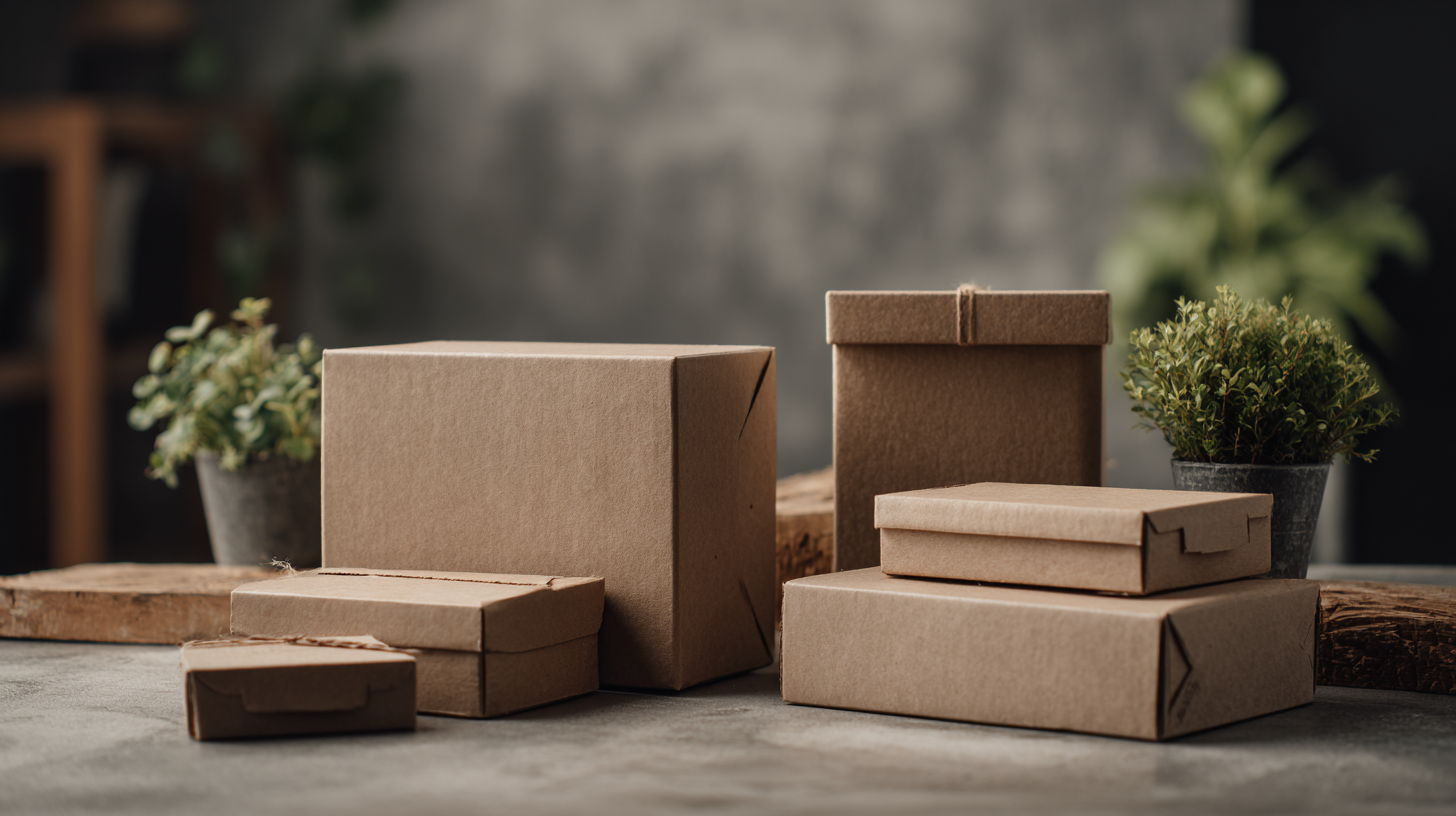
Related Posts
-
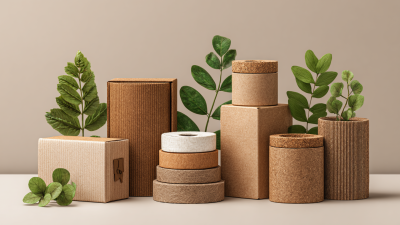
How to Choose Sustainable Packaging Materials for Your Business Needs
-

The Essential Guide to Choosing the Right Honeycomb Packing Paper for Your Business
-
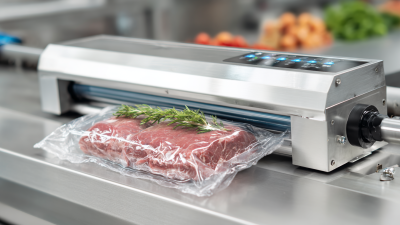
The Ultimate Guide to Choosing the Best Vacuum Pack Machine for Your Kitchen Needs
-

How to Choose the Best Tape Machine for Your Box Packaging Needs
-
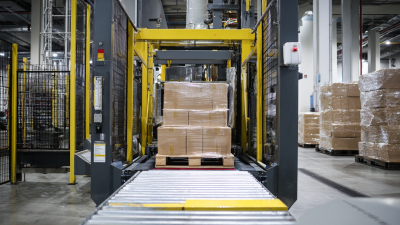
Exploring Innovative Examples of Pallet Shrink Wrap Machines in Modern Warehousing
-

7 Secrets to Choosing the Best Pallet Shrink Wrap Machine for Your Business
